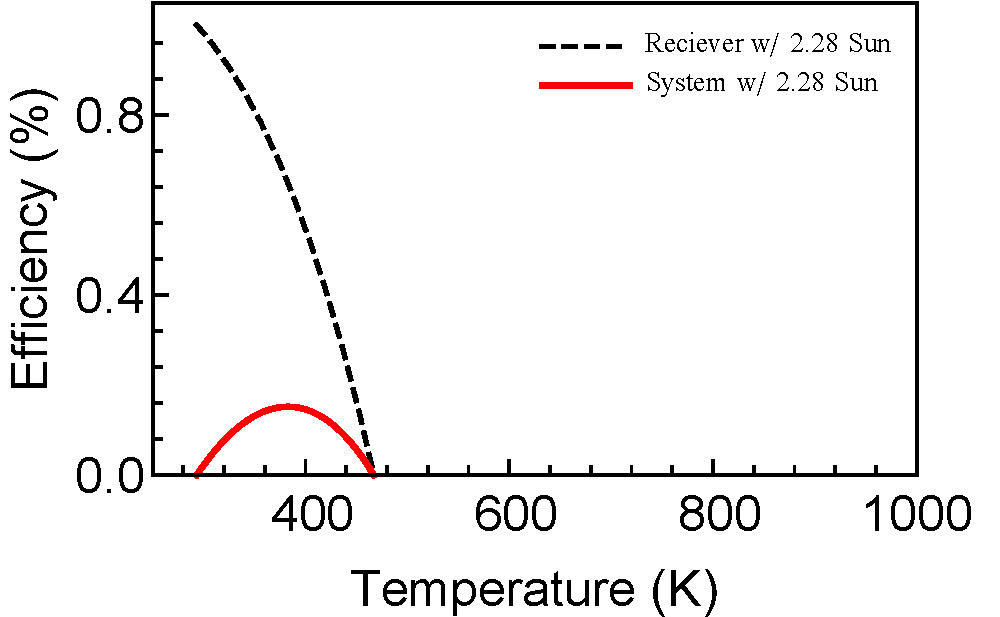Hi,
It looks simple, but I'm been trying to solve this issue for days, but no luck yet. So, here I'm. I used "LinTicks", as customized option and another graphic option.
Here is my code. I'm always trying to make it simple, but this thing gets heavier with a graphic option (autoLegend). If you know better way, please, let me know. So, here is the code.
ClearAll["Global`*"]
Options[legendMaker] =
Join[FilterRules[Options[Framed],
Except[{ImageSize, FrameStyle, Background, RoundingRadius,
ImageMargins}]], {FrameStyle -> None,
Background -> Directive[Opacity[.7], LightGray],
RoundingRadius -> 10, ImageMargins -> 0, PlotStyle -> Automatic,
PlotMarkers -> None, "LegendLineWidth" -> 35,
"LegendLineAspectRatio" -> .3, "LegendMarkerSize" -> 8,
"LegendGridOptions" -> {Alignment -> Left, Spacings -> {.4, .1}}}];
legendMaker::usage =
"Create a Graphics object with legends given by the list passed as \
the first argument. The options specify any non-deafult line styles \
(using PlotStyle -> {...}) or plot markers (using PlotMarkers -> \
{...}). For more options, inspect Options[legendMaker]";
legendMaker[textLabels_, opts : OptionsPattern[]] :=
Module[{f, lineDirectives, markerSymbols, n = Length[textLabels],
x}, lineDirectives = ((PlotStyle /. {opts}) /.
PlotStyle | Automatic :> Map[ColorData[1], Range[n]]) /.
None -> {None};
markerSymbols =
Replace[((PlotMarkers /. {opts}) /.
Automatic :> (Drop[
Normal[ListPlot[Transpose[{Range[3]}],
PlotMarkers -> Automatic][[1, 2]]][[1]], -1] /.
Inset[x_, i__] :> x)[[All, -1]]) /. {Graphics[gr__],
sc_} :> Graphics[gr,
ImageSize -> ("LegendMarkerSize" /. {opts} /.
Options[legendMaker,
"LegendMarkerSize"] /. {"LegendMarkerSize" -> 8})],
PlotMarkers | None :>
Map[Style["", Opacity[0]] &, textLabels]] /.
None | {} -> Style["", Opacity[0]];
lineDirectives = PadRight[lineDirectives, n, lineDirectives];
markerSymbols = PadRight[markerSymbols, n, markerSymbols];
f = Grid[
MapThread[{Graphics[{#1 /. None -> {},
If[#1 === {None} || (PlotStyle /. {opts}) === None, {},
Line[{{-.1, 0}, {.1, 0}}]],
Inset[#2, {0, 0}, Background -> None]},
AspectRatio -> ("LegendLineAspectRatio" /. {opts} /.
Options[legendMaker,
"LegendLineAspectRatio"] /. {"LegendLineAspectRatio" -> \
.2}), ImageSize -> ("LegendLineWidth" /. {opts} /.
Options[legendMaker,
"LegendLineWidth"] /. {"LegendLineWidth" -> 35}),
ImagePadding -> {{1, 1}, {0, 0}}],
Text[#3, FormatType -> TraditionalForm]} &, {lineDirectives,
markerSymbols, textLabels}],
Sequence@
Evaluate[("LegendGridOptions" /. {opts} /.
Options[legendMaker,
"LegendGridOptions"] /. {"LegendGridOptions" -> {Alignment \
-> Left, Spacings -> {.4, .1}}})]];
Framed[f,
FilterRules[{Sequence[opts, Options[legendMaker]]},
FilterRules[Options[Framed], Except[ImageSize]]]]];
extractStyles::usage =
"returns a tuple {\"all line style directives\", \"all plot markers\
\"} found in the plot, in the order they are drawn. The two sublists \
need not have the same length if some lines don't use markers ";
extractStyles[plot_] :=
Module[{lines, markers, points,
extract = First[Normal[plot]]},(*In a plot,
the list of lines contains no insets,so I use this to find it:*)
lines = Select[Cases[Normal[plot], {___, _Line, ___}, Infinity],
FreeQ[#1, Inset] &];
points =
Select[Cases[Normal[plot], {___, _Point, ___}, Infinity],
FreeQ[#1, Inset] &];
(*Most plot markers are inside Inset,
except for Point in list plots:*)
markers = Select[extract, ! FreeQ[#1, Inset] &];
(*The function returns a list of lists:*){(*The first return value \
is the list of line plot styles:*)
Replace[Cases[
lines, {c__, Line[__], ___} :>
Flatten[Directive @@ Cases[{c}, Except[_Line]]],
Infinity], {} -> None],(*Second return value:marker symbols*)
Replace[Join[
Cases[markers, {c__, Inset[s_, pos_, d___], e___} :>
If[(*markers "s" can be strings or graphics*)
Head[s] ===
Graphics,(*Append scale factor in case it's needed later;
default 0.01*){s, Last[{.01, d}] /. Scaled[f_] :> First[f]},
If[(*For strings,
add line color if no color specified via text styles:*)
FreeQ[s, CMYKColor | RGBColor | GrayLevel | Hue],
Style[s, c], s]], Infinity],(*Filter out Pointsize-
legends don't need it:*)
Cases[points, {c___,
Point[pt__], ___} :> {Graphics[{c, Point[{0, 0}]}] /.
PointSize[_] :> PointSize[1], .01}, Infinity]], {} -> None]}]
autoLegend::usage =
"Simplified legending for the plot passed as first argument, with \
legends given as second argument. Use the option Alignment -> \
{horizontal, vertical} to place the legend in the PlotRegion in \
scaled coordinates. For other options, see Options[legendMaker] which \
are used by autoLegend.";
Options[autoLegend] =
Join[{Alignment -> {Right, Top}, Background -> White,
AspectRatio -> Automatic},
FilterRules[Options[legendMaker],
Except[Alignment | Background | AspectRatio]]];
autoLegend[plot_Graphics, labels_, opts : OptionsPattern[]] :=
Module[{lines, markers,
align = OptionValue[Alignment]}, {lines, markers} =
extractStyles[plot];
Graphics[{Inset[plot, {-1, -1}, {Left, Bottom}, Scaled[1]],
Inset[legendMaker[labels, PlotStyle -> lines,
PlotMarkers -> markers,
Sequence @@
FilterRules[{opts},
FilterRules[Options[legendMaker], Except[Alignment]]]], align,
Map[If[NumericQ[#], Center, #] &, align]]},
PlotRange -> {{-1, 1}, {-1, 1}},
AspectRatio -> (OptionValue[AspectRatio] /.
Automatic :> (AspectRatio /. Options[plot, AspectRatio]) /.
Automatic :> (AspectRatio /.
AbsoluteOptions[plot, AspectRatio]))]]
SetOptions[LinTicks, MajorTickLength -> {0.02, 0},
MinorTickLength -> {0.013, 0}];
\[Sigma] = 5.67*^-8;(*Stefan-Boltzmann Constant*)
\[Epsilon] = 1;(*Emissivity*)
\[Alpha] = 1;(*Absorbtivity*)
\[Tau] = 1;(*Transmittance*)
g = 1*^3;(*Solar radiation 1Kw/m^2" *)
c = 2.28;(*Concentration*)
receff[x_] := \[Alpha] \[Tau] - (\[Sigma] \[Epsilon] (x^4 -
293.15^4))/(c g);
syseff[x_] := (\[Alpha] \[Tau] - (\[Sigma] \[Epsilon] (x^4 -
293.15^4))/(c g)) (1 - 293.15/x);
without =
Plot[Evaluate[{receff[x], syseff[x]}], {x, 293.15, 1073.15},
PlotStyle -> (Directive @@@
Transpose[{Join[ConstantArray[Dashed, 1],
ConstantArray[Thick, 1]],
Flatten[ConstantArray[{Black, Red}, 1]]}]), Frame -> True,
PlotRange -> {{250, 1000}, {0, 1.05}},
FrameLabel -> {"Temperature (K)", "Efficiency (%)"},
FrameStyle -> Directive[Black, 18],
FrameTicks -> {LinTicks[0, 1100, 200, 5], LinTicks[0, 1, 0.4, 5],
None, None}, ImageSize -> Large];
autoLegend[
Show[without], {"Reciever w/ 2.28 Sun", "System w/ 2.28 Sun"},
Background -> Directive[None, Opacity[.5]], Alignment -> {0.43, 0.8}]
Here is the result.

I was able to make big text for Ticks, but I couldn't get Legend big. If you know how to make it big, please, help me. It would be very appreciable. Thank you.